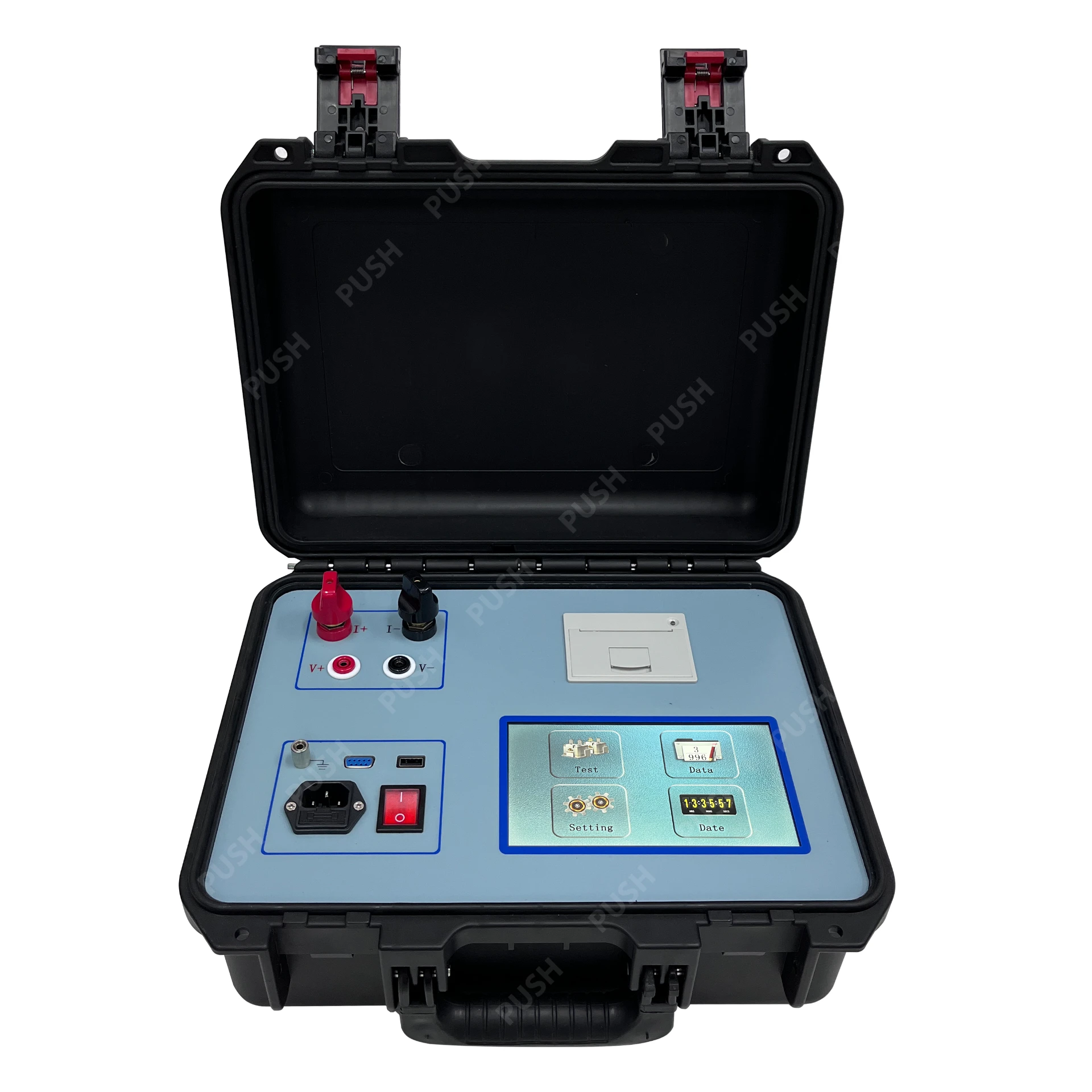 English
English


electrical transformer testing
The Importance of Electrical Transformer Testing
Electrical transformers play a crucial role in the transmission and distribution of electricity. They ensure that voltage levels are appropriately adjusted for different applications, thereby optimizing efficiency and safety in power systems. However, to maintain the reliability and functionality of these critical components, regular testing is essential. This article explores the various methods and importance of electrical transformer testing.
Understanding Electrical Transformers
At its core, a transformer operates on the principle of electromagnetic induction, converting alternating currents from one voltage to another. Transformers are ubiquitous in residential, commercial, and industrial settings, with applications ranging from stepping down high voltage for household use to boosting voltage for long-distance transmission. Given their pivotal role, any malfunction or failure can lead to increased downtime, maintenance costs, and even safety hazards.
The Need for Testing
The integrity and performance of transformers are vital for the overall health of an electrical system. Over time, factors such as thermal stress, electrical stress, moisture ingress, and physical wear can impact a transformer's functionality. Routine testing helps identify potential issues before they escalate into significant failures.
Testing transforms can yield insights into insulation condition, winding resistance, electrical performance, and overheating. Regular assessments are essential, and many utilities and operators adhere to industry standards and guidelines, such as those set by the Institute of Electrical and Electronics Engineers (IEEE) and the International Electrotechnical Commission (IEC).
Common Testing Methods
electrical transformer testing

1. Insulation Resistance Testing This test measures the resistance of the insulation used in transformers. High insulation resistance values indicate healthy insulation that is capable of preventing electrical leakage.
2. Power Factor Testing This test assesses the dielectric dissipation factor of the insulation system. A higher power factor may indicate degraded insulation, which can lead to failures over time.
3. Transformer Turns Ratio (TTR) Testing This test compares the turns of wire in the primary and secondary windings. A significant deviation in the turns ratio may suggest issues with winding integrity and can flag potential failures or imbalances.
4. Sweep Frequency Response Analysis This advanced testing method helps in identifying winding deformation due to short-circuits or mechanical issues. It measures how the transformer responds to a range of frequencies, revealing any irregularities.
5. Dissolved Gas Analysis (DGA) This method analyzes gas levels in transformer oil, which can indicate potential problems within the transformer. Certain gas levels correlate with specific types of faults, enabling preemptive maintenance strategies.
Benefits of Regular Testing
Implementing a comprehensive transformer testing program offers several benefits. Firstly, it enhances system reliability by proactively identifying and mitigating potential failure points. Secondly, it can significantly reduce maintenance costs by preventing catastrophic failures that often require expensive repairs or replacements. Furthermore, regular testing contributes to improved safety. By ensuring transformers operate within safe parameters, the risk of equipment damage and accidents is minimized.
In summary, electrical transformer testing is a vital aspect of electrical infrastructure management. By employing various testing methods, operators can ensure that transformers function effectively, reducing the likelihood of unexpected failures and optimizing the overall efficiency of electrical systems. As technology and standards evolve, ongoing advancements in testing techniques will continue to play a significant role in safeguarding our power infrastructure for the future.
-
Differences between open cup flash point tester and closed cup flash point testerNewsOct.31,2024
-
The Reliable Load Tap ChangerNewsOct.23,2024
-
The Essential Guide to Hipot TestersNewsOct.23,2024
-
The Digital Insulation TesterNewsOct.23,2024
-
The Best Earth Loop Impedance Tester for SaleNewsOct.23,2024
-
Tan Delta Tester--The Essential Tool for Electrical Insulation TestingNewsOct.23,2024





